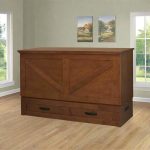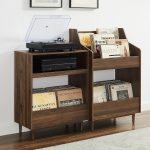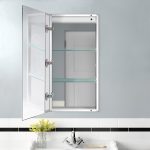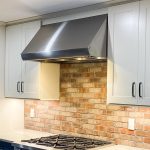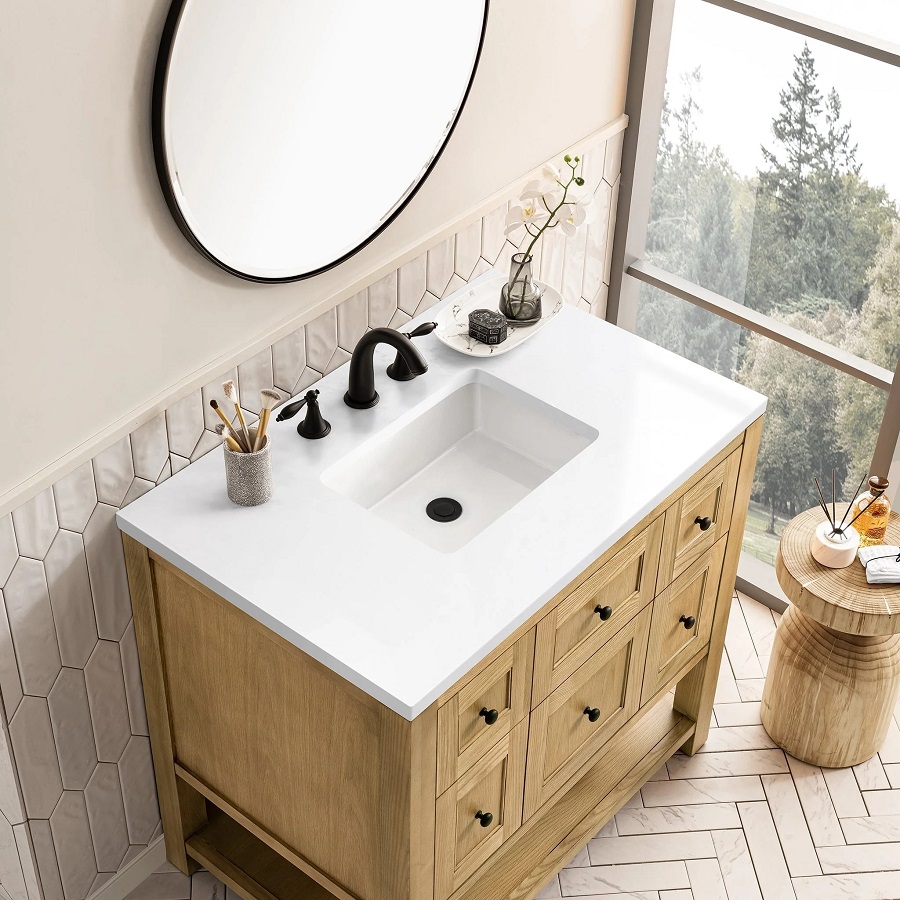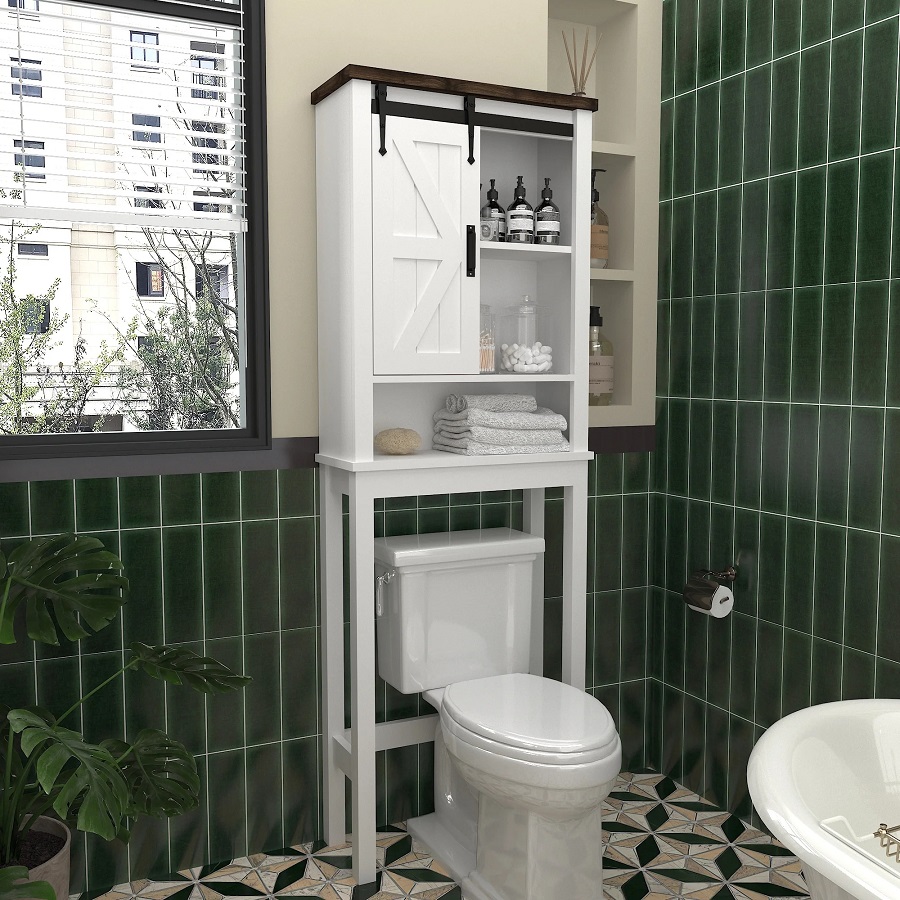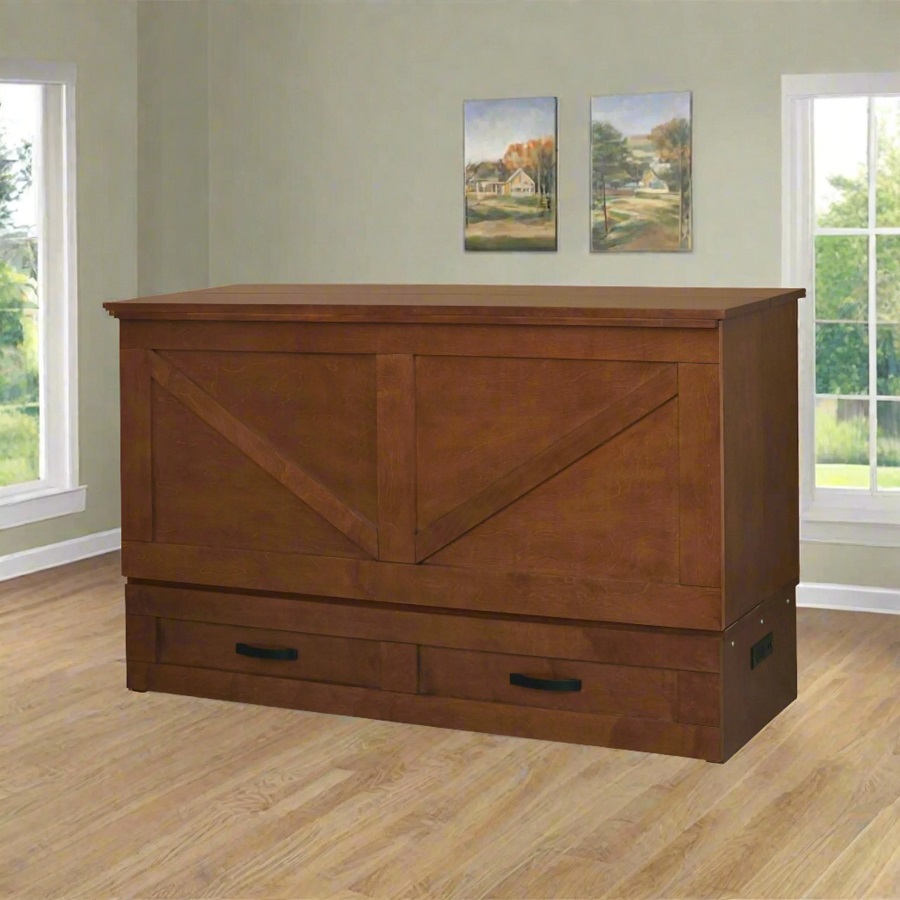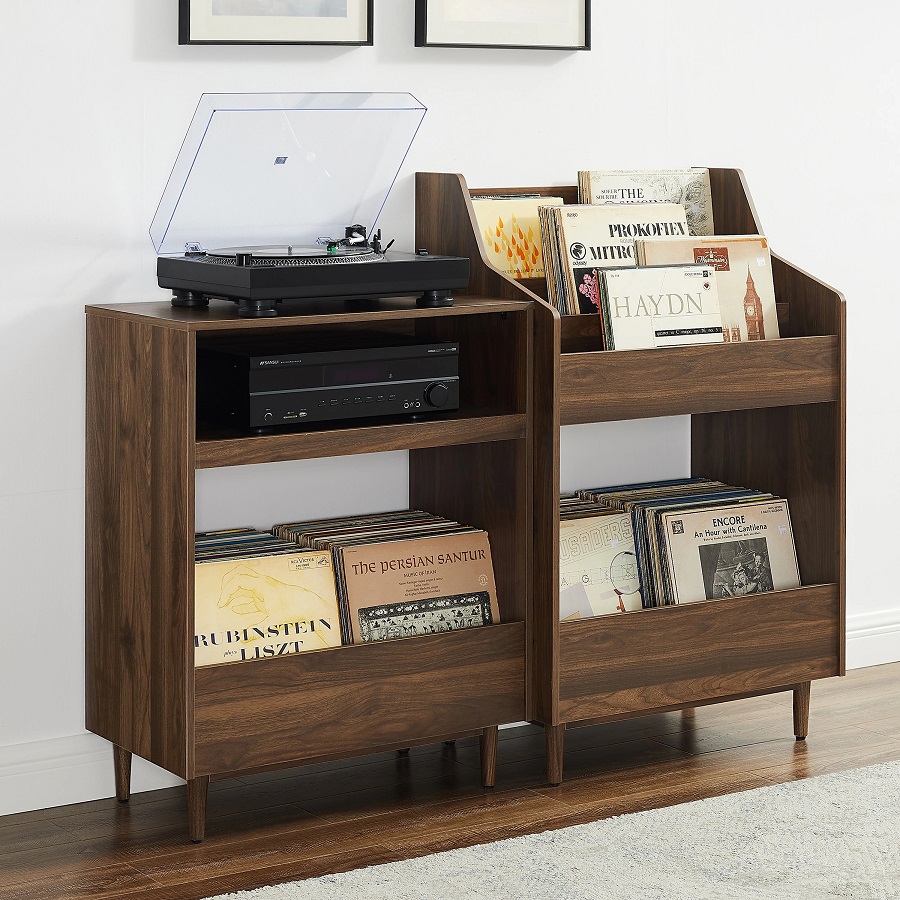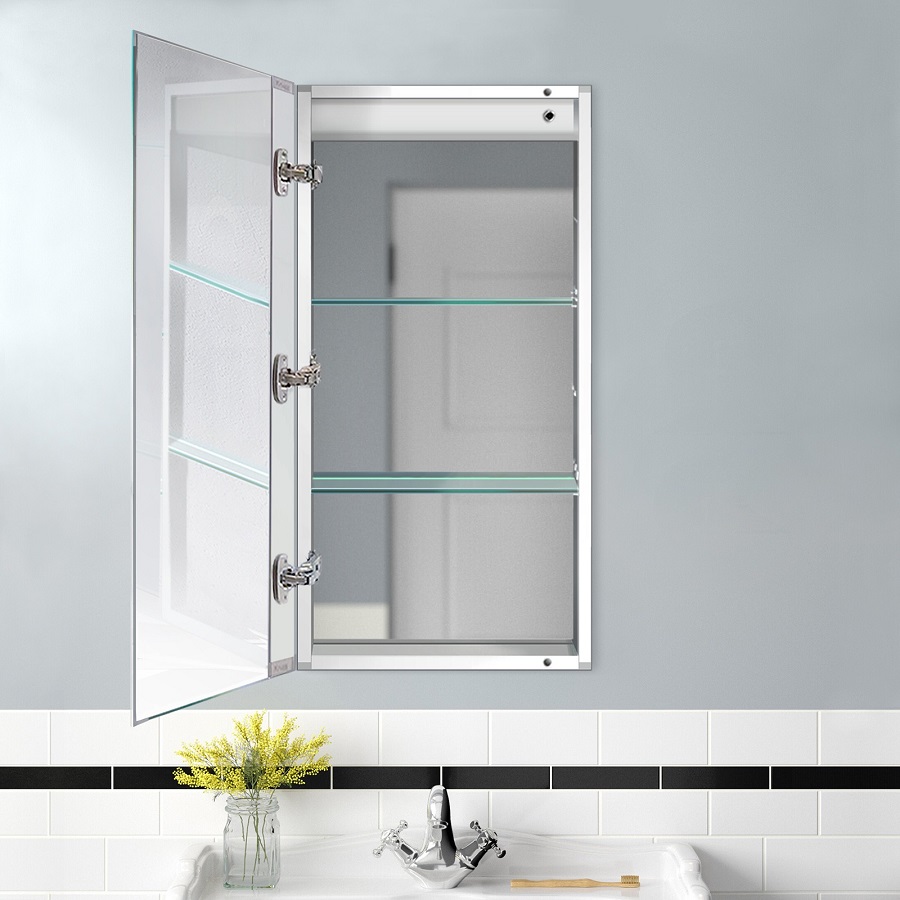Introduction
When embarking on a bathroom renovation or simply updating your existing space, one of the key elements to consider is the bathroom sink cabinet. This crucial piece of furniture serves not only as a functional element but also as an aesthetic focal point in the room. In this comprehensive guide, we will explore the various aspects of bathroom sink cabinets, including design styles, materials, storage solutions, and tips for selecting the perfect cabinet for your space.
Understanding the Importance of Bathroom Sink Cabinets
The Role of a Bathroom Sink Cabinet
Bathroom sink cabinets are more than just a place to house your sink; they are integral to the overall functionality and visual appeal of the bathroom. They offer essential storage for toiletries, cleaning supplies, and other bathroom essentials while concealing plumbing fixtures. A well-chosen sink cabinet can enhance the space’s organization, making it easier to keep the bathroom tidy and accessible.
Aesthetic Contribution
The design of a bathroom sink cabinet can dramatically influence the overall aesthetic of the bathroom. From modern minimalist designs to vintage-inspired styles, the cabinet plays a pivotal role in setting the tone for the space. A stylish cabinet can serve as a statement piece, giving character to an otherwise standard bathroom.
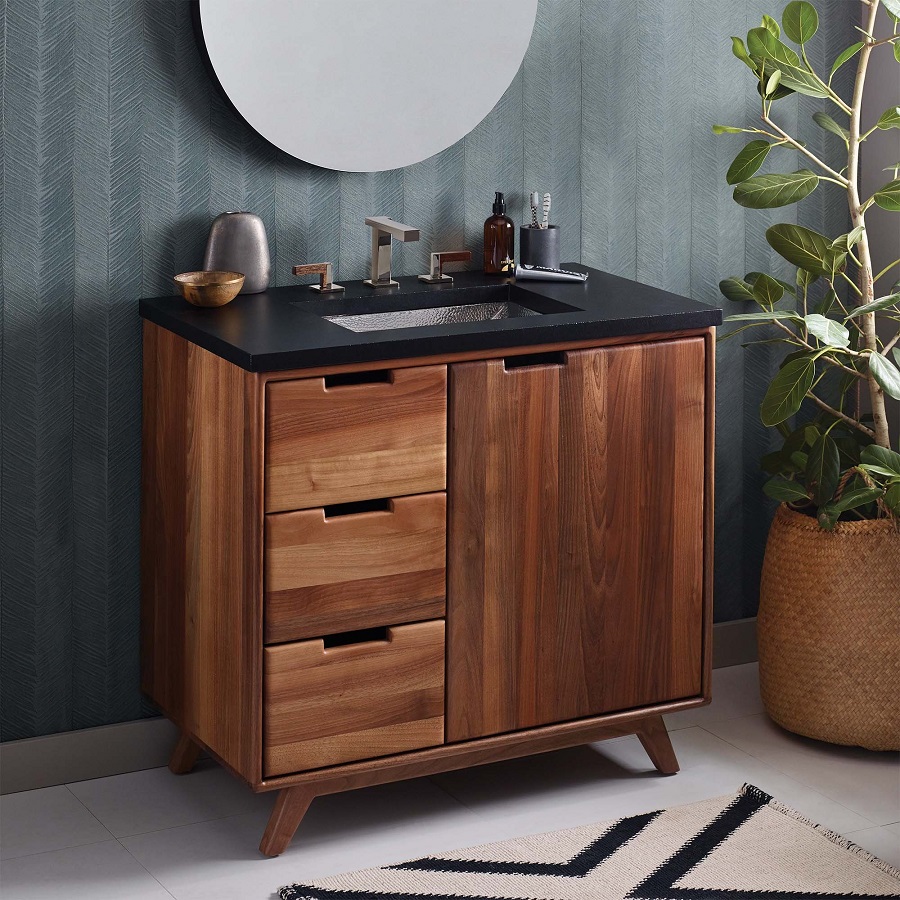
Styles of Bathroom Sink Cabinets
Choosing the right style for your bathroom sink cabinet is essential. Your cabinet should complement your home’s overall design while also reflecting your personal taste. Here, we will discuss the most popular styles.
1. Traditional Style
Characteristics of Traditional Cabinets
Traditional bathroom sink cabinets often feature rich wood finishes, intricate carvings, and brass or bronze fixtures. These cabinets exude a classic elegance, making them ideal for homeowners who appreciate timeless design.
Examples of Traditional Styles
- Vanity Cabinets: Freestanding options with ornate details.
- Antique Reproductions: Items that mimic historic styles, such as Georgian or Victorian designs.
2. Modern Style
Clean Lines and Minimalist Design
Modern bathroom cabinets are characterized by their sleek lines, minimal ornamentation, and a focus on functionality. Often made from materials like glass, metal, or lacquer, these cabinets exemplify a contemporary aesthetic that prioritizes simplicity.
Features of Modern Cabinets
- Floating Vanities: Mounted directly on the wall to create a sense of space.
- Integrated Sinks: Sinks that blend seamlessly with the countertop.
3. Rustic Style
Warmth and Natural Elements
Rustic bathroom sink cabinets often incorporate reclaimed wood, distressed finishes, and earthy tones. They evoke a sense of warmth and comfort, making them perfect for homes with a country-inspired or farmhouse aesthetic.
Common Rustic Features
- Live Edge Wood: Cabinets that maintain the natural shape of the wood.
- Open Shelving: Offering easy access to frequently used items.
4. Industrial Style
Characteristic Features of Industrial Cabinets
Industrial-style sink cabinets utilize raw materials such as metal, concrete, and salvaged wood. The aesthetic is often characterized by a rugged, unfinished look that can add character to modern spaces.
Design Elements
- Exposed Hardware: Visible screws and brackets for an edgy feel.
- Metal Framework: Steel or iron bases that complement wood tops.
Materials Used in Bathroom Sink Cabinets
The materials chosen for a bathroom sink cabinet can affect its durability, maintenance, and overall look. Let’s explore some of the most common materials used in their construction.
1. Wood
Benefits of Wooden Cabinets
Wooden cabinets offer warmth and a classic appeal, making them a popular choice. They can be stained or painted in various finishes to match the decor. Solid wood cabinets are durable and can withstand humidity if properly sealed.
Considerations
- Maintenance: Requires regular refinishing to maintain appearance.
- Cost: Higher quality wood can be more expensive.
2. Plywood
A Cost-Effective Option
Plywood is commonly used for bathroom cabinets as it is more affordable than solid wood yet still durable. It’s engineered to resist warping and can handle moisture better than conventional wood.
Features
- Versatile: Can be laminated or veneered for aesthetic appeal.
- Affordable: A great option for budget-conscious remodels.
3. MDF (Medium Density Fiberboard)
Using MDF for Modern Designs
MDF is an engineered wood product made from wood fibers, wax, and resin. It’s known for its smooth surface, making it an excellent option for painted cabinets.
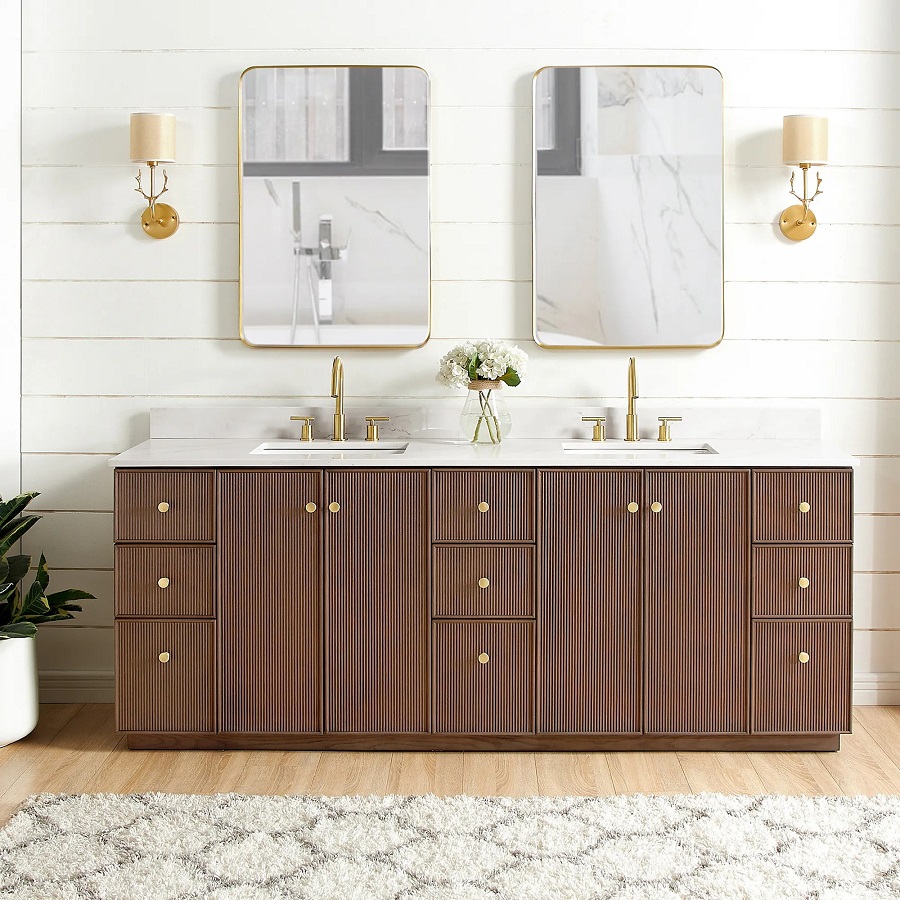
Benefits and Drawbacks
- Smooth Finish: Ideal for painted finishes but less durable than solid wood.
- Moisture Resistance: Can be formulated to resist humidity better than standard plywood.
4. Metal
Industrial Appeal
Metal cabinets, especially those made from stainless steel or aluminum, offer a modern and industrial look. They are highly durable and resistant to moisture, making them a practical choice for bathrooms.
Pros and Cons
- Durability: Extremely resistant to wear and tear.
- Cold Appearance: May not fit all home aesthetics.
5. Glass
Adding Transparency
Glass cabinets can add a sophisticated touch to contemporary bathrooms. They can be used for doors or as paneling, creating a sense of spaciousness.
Considerations
- Fragility: Glass can break and may require careful handling.
- Maintenance: Fingerprints and smudges may require frequent cleaning.
Storage Solutions in Bathroom Sink Cabinets
Effective storage is crucial in creating a functional bathroom. Here, we will look at various storage options available within bathroom sink cabinets.
1. Drawers
Optimizing Space with Drawers
Bathrooms often have limited space, making drawers a practical storage solution. Deep drawers can be used to organize towels and toiletries, while shallow drawers can hold smaller items like makeup or hair products.
2. Shelves
Using Shelves Effectively
Shelves offer versatile storage for a range of items, from extra toilet paper to decorative accents. Adjustable shelves can be customized to accommodate varying item heights, making them a flexible storage option.
3. Cabinets with Doors
Concealing Clutter
Cabinets with doors provide a tidy appearance, concealing clutter and keeping items organized. They can be designed with various configurations, from single doors to double-door cabinets.
4. Open Storage
A Trend in Modern Design
Open storage solutions, such as open shelving or cubbies, provide easy access to frequently used items. They can also allow for decorative displays, showcasing beautiful bathroom accessories.
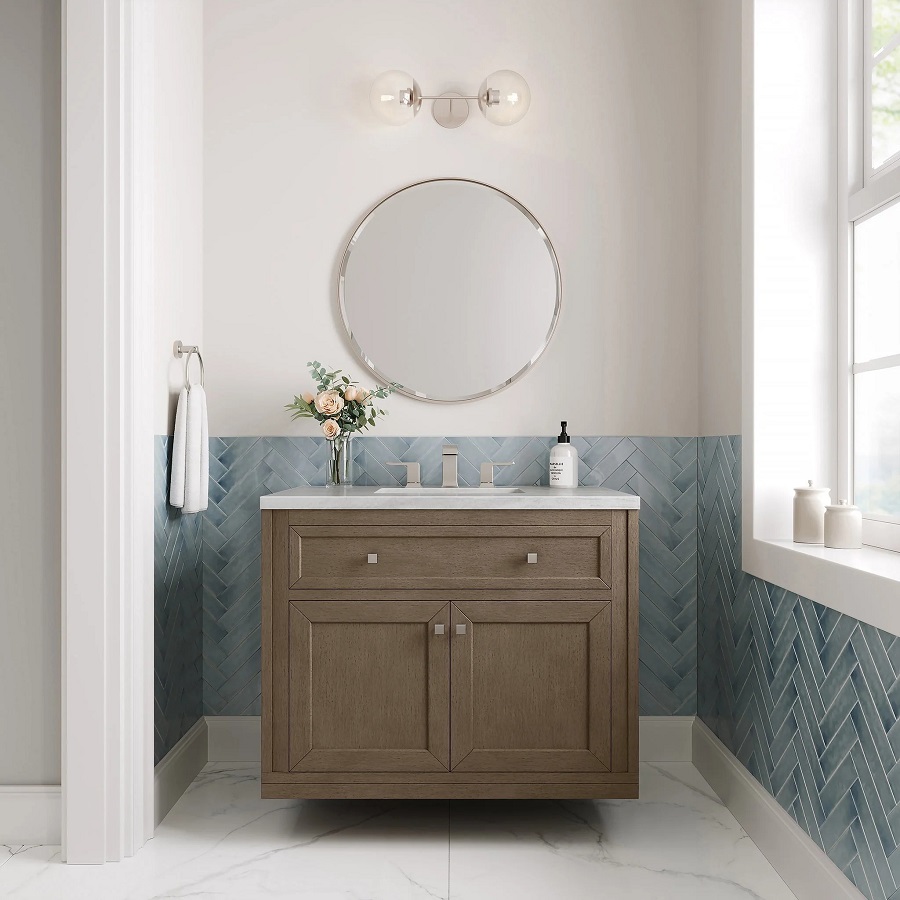
Choosing the Right Bathroom Sink Cabinet
When selecting a bathroom sink cabinet, several factors will come into play. Here are some key considerations to guide your decision-making process.
1. Size and Dimensions
Assessing Space
Start by measuring the available space in your bathroom. Consider the required dimensions of the cabinet, ensuring it complements existing fixtures while also providing adequate storage.
2. Style and Decor
Coordinating with Overall Design
Consider the style of your bathroom when selecting a sink cabinet. Whether you prefer a traditional, modern, rustic, or industrial look, ensure that the cabinet matches the overall decor.
3. Storage Needs
Evaluating Your Needs
Think about what items you need to store. If you have many toiletries or towels, choose a cabinet with ample drawers and shelving. Conversely, if you have minimal items, you may opt for a simpler, open shelving design.
4. Color and Finish
Selecting the Right Hues
The color and finish of the sink cabinet can significantly influence the bathroom’s atmosphere. Lighter colors can create an airy feel, while dark finishes may offer a more dramatic aesthetic.
5. Budget Considerations
Balancing Cost and Quality
Determine your budget before shopping for a bathroom sink cabinet. There are options available across a wide price range, so prioritize quality and functionality while considering your spending limits.
Maintenance Tips for Bathroom Sink Cabinets
To ensure longevity and appearance, proper care and maintenance of bathroom sink cabinets are essential. Here are some tips to help you maintain your investment.
1. Regular Cleaning
Cleaning Solutions
Use mild, non-abrasive cleaning agents to wipe down surfaces regularly. Avoid harsh chemicals that can damage finishes or wood.
2. Addressing Moisture
Preventing Damage
Ensure your bathroom is well-ventilated to minimize moisture buildup. Wipe down surfaces after use, especially around the sink, to prevent water damage and mold growth.
3. Inspect for Damage
Routine Checks
Regularly inspect your sink cabinet for signs of wear, such as cracks or protruding screws. Early detection can prevent more significant issues from developing.
4. Replacing Hardware
Updating Aesthetics
Consider replacing hardware, such as knobs and handles, for an instant update to your cabinet’s appearance. This can be a simple DIY project that refreshes the cabinet’s look without significant expense.
Conclusion
A bathroom sink cabinet is far more than just a storage solution; it’s an integral element of your bathroom’s design and functionality. By understanding the various styles, materials, and storage options available, you can choose a sink cabinet that enhances your bathroom while fulfilling your storage needs.
Remember to take your time during the selection process, considering factors such as size, style, and maintenance. With the right bathroom sink cabinet, you can create a space that is both practical and aesthetically pleasing, a true reflection of your personal style. Enjoy the journey of transforming your bathroom into a relaxing oasis with the perfect sink cabinet as a central feature.

